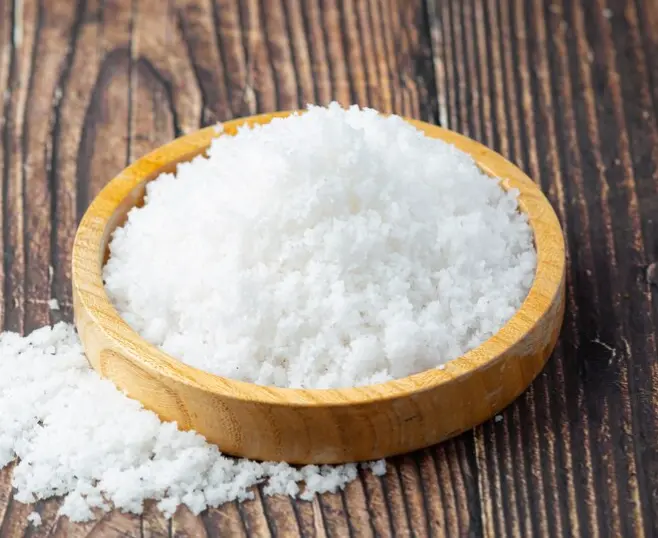Antimony Trioxide (99.5%) - China
|
IUPAC Name |
: Antimony(III) oxide |
|
Cas Number |
: 1309-64-4 |
|
HS Code |
: 2825.80.00 |
|
Formula |
: Sb2O3 |
Basic Info
|
Appearance Name |
: Solid Crystalline Powder |
|
Common Names |
: Antimonous oxide, Diantimony trioxide |
|
Packaging |
: 25 Kg PP/PE Bags |


---china.webp)


---bosnia.webp)